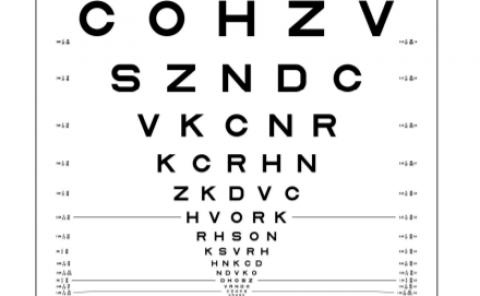A Comparison of mobile VR display running on an ordinary smartphone with standard PC display for P300-BCI stimulus presentation
PubDate: Feb 2020
Teams: GIPSA;IHMTEK
Writers: Grégoire Cattan (GIPSA-VIBS, IHMTEK), Anton Andreev (GIPSA-Services), Cesar Mendoza (IHMTEK), Marco Congedo (GIPSA-VIBS)

Abstract
A brain-computer interface (BCI) based on electroencephalography (EEG) is a promising technology for enhancing virtual reality (VR) applications-in particular, for gaming. We focus on the so-called P300-BCI, a stable and accurate BCI paradigm relying on the recognition of a positive event-related potential (ERP) occurring in the EEG about 300 ms post-stimulation. We implemented a basic version of such a BCI displayed on an ordinary and affordable smartphone-based head-mounted VR device: that is, a mobile and passive VR system (with no electronic components beyond the smartphone). The mobile phone performed the stimuli presentation, EEG synchronization (tagging) and feedback display. We compared the ERPs and the accuracy of the BCI on the VR device with a traditional BCI running on a personal computer (PC). We also evaluated the impact of subjective factors on the accuracy. The study was within-subjects, with 21 participants and one session in each modality. No significant difference in BCI accuracy was found between the PC and VR systems, although the P200 ERP was significantly wider and larger in the VR system as compared to the PC system.


